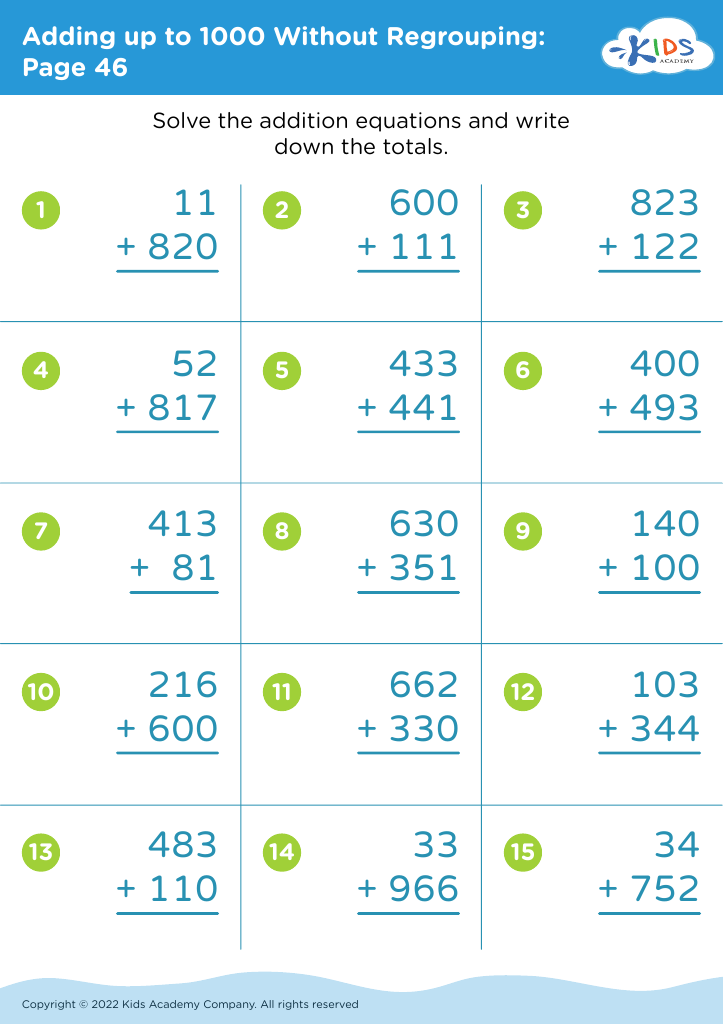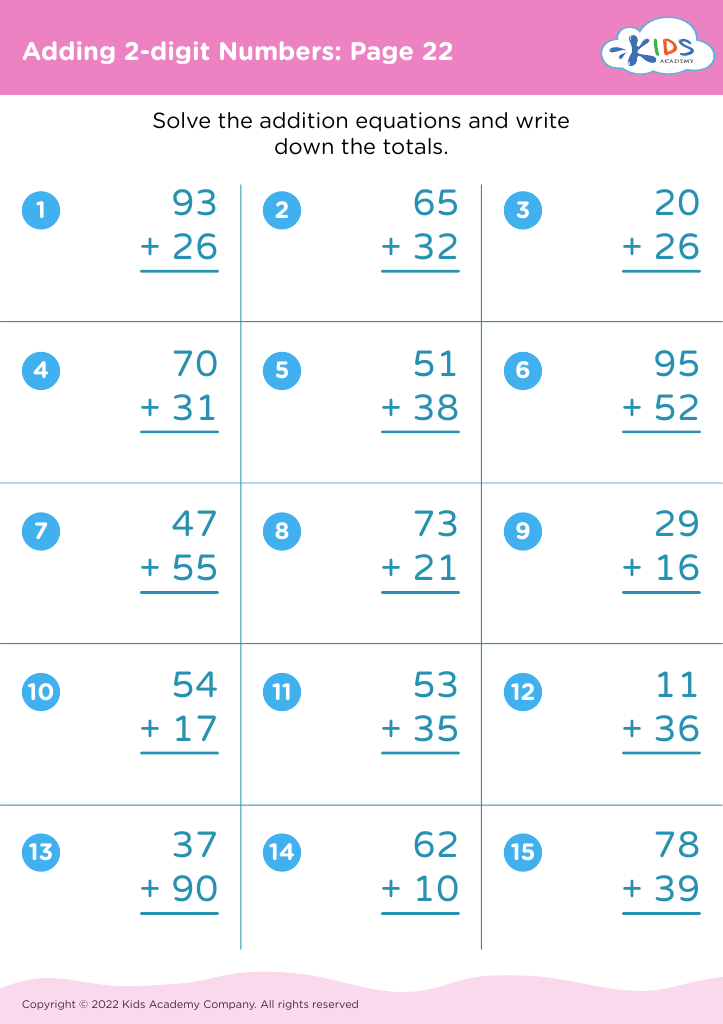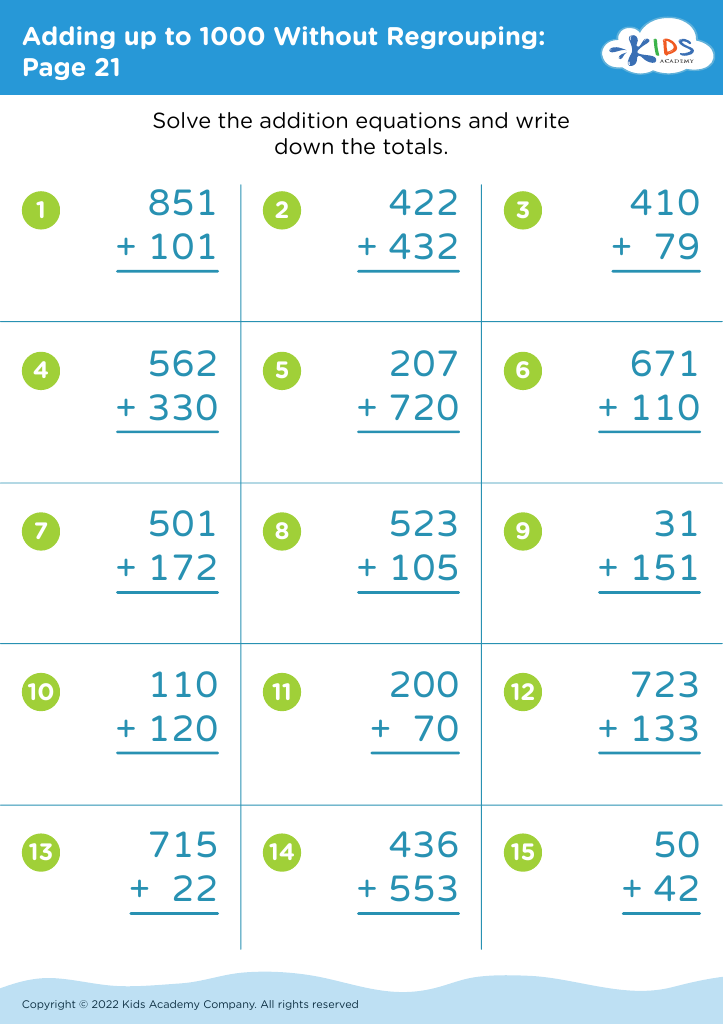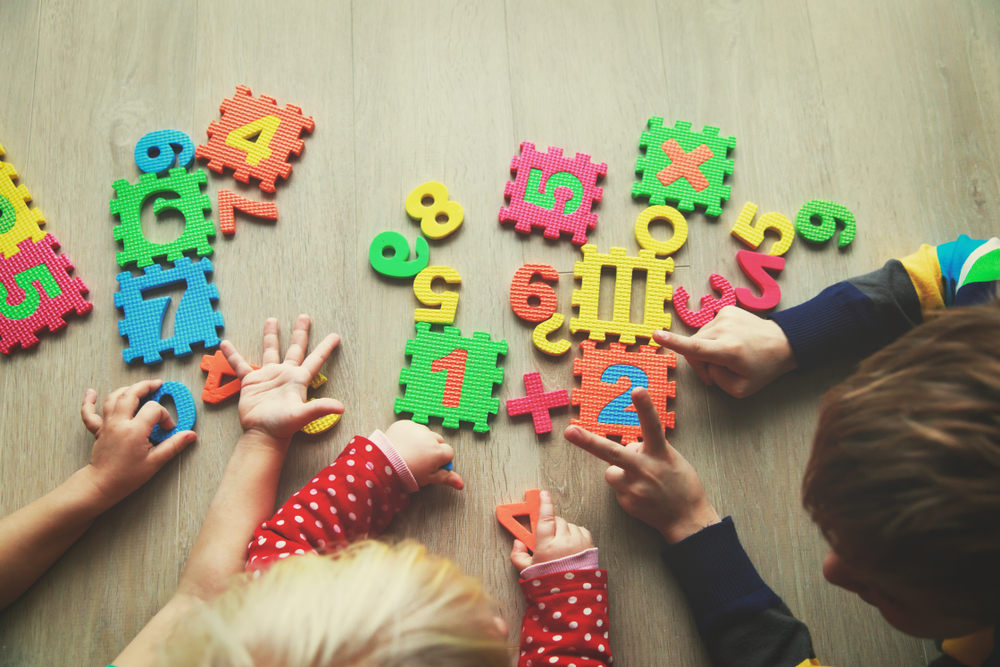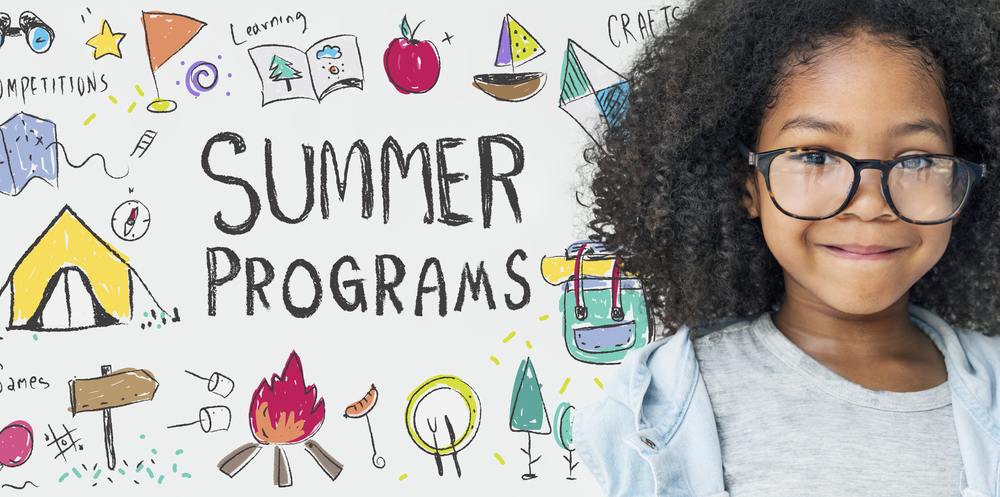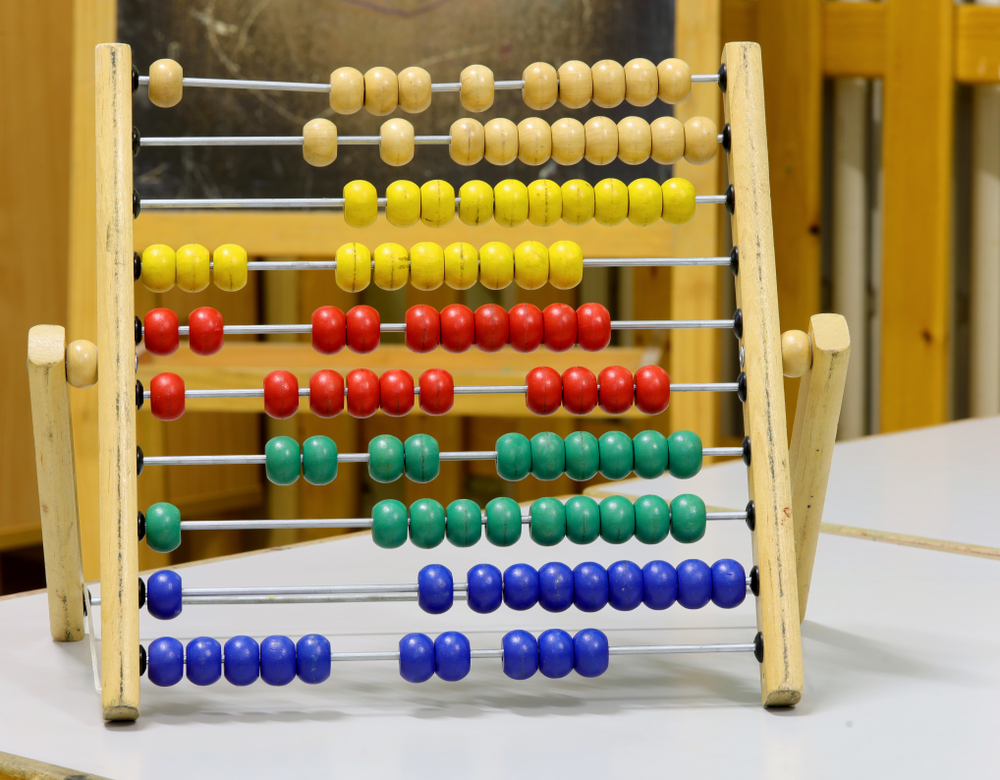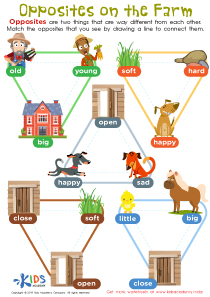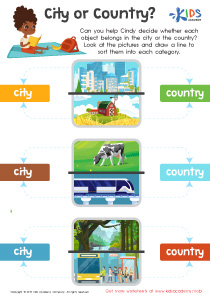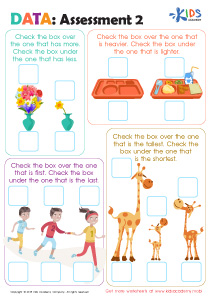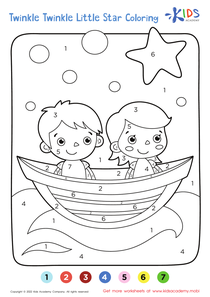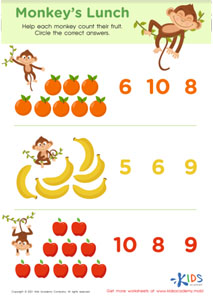Develop counting skills Addition & Subtraction Worksheets for Ages 4-8
6 filtered results
-
From - To
Enhance your child's mathematical abilities with our engaging counting skills addition and subtraction worksheets designed specifically for ages 4 to 8. These interactive resources help young learners grasp fundamental math concepts while developing their counting skills through fun activities. From colorful illustrations to straightforward exercises, each worksheet encourages exploration and boosts confidence in addition and subtraction. Perfect for both classroom and home use, our worksheets provide a valuable tool for reinforcing essential skills. Help your child build a strong foundation in math with our accessible and exciting worksheets that make learning a joyful adventure! Start your math journey today!
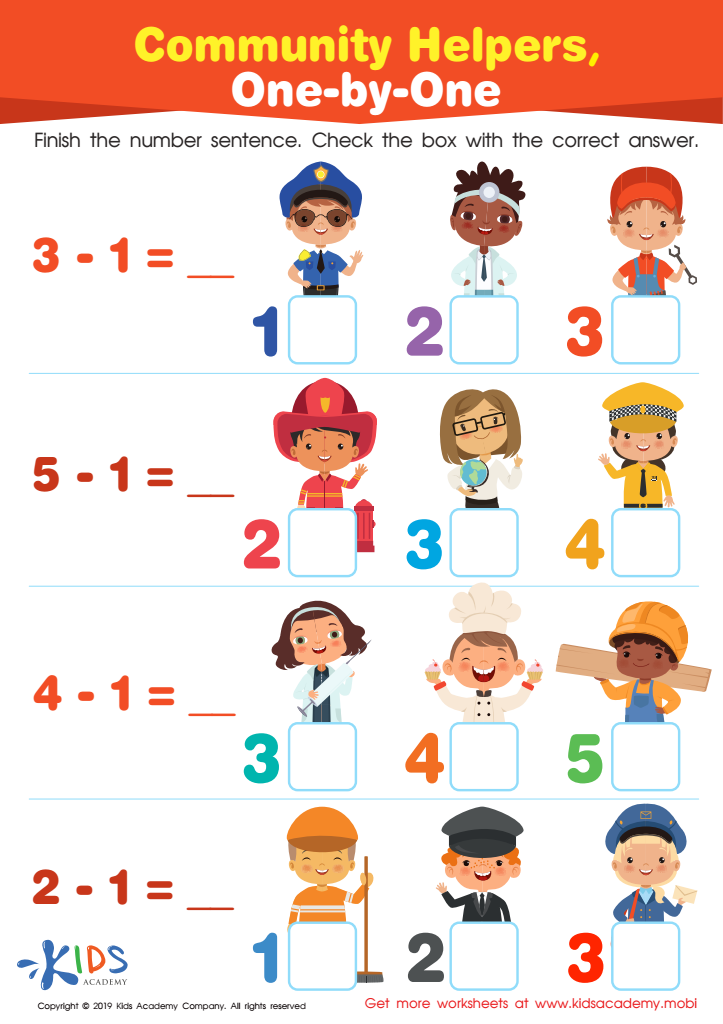

Community Helpers, One-by-One Worksheet
Developing counting skills, as well as addition and subtraction proficiency, is essential for children aged 4-8 because these foundational skills are critical for their overall cognitive development and future academic success. Early mathematical skills promote problem-solving abilities and logical thinking, which are crucial in various aspects of life.
Counting lays the groundwork for understanding numbers and their relationships, helping children to grasp more complex concepts down the line. Mastery of basic addition and subtraction is a vital stepping stone to more advanced math, fostering numerical fluency and boosting confidence in learning.
For parents and teachers, emphasizing these skills can enhance children's engagement and curiosity about math. Early exposure encourages positive attitudes toward mathematics, reducing anxiety in later years when topics become complex.
Moreover, strong counting, addition, and subtraction skills are directly related to everyday activities, such as cooking, shopping, and managing time – skills essential for independence and practical life. Investing time in nurturing these foundations contributes to not only academic achievement but also equips children with critical tools for lifelong learning and problem solving. Therefore, fostering these skills should be a priority for both parents and educators.
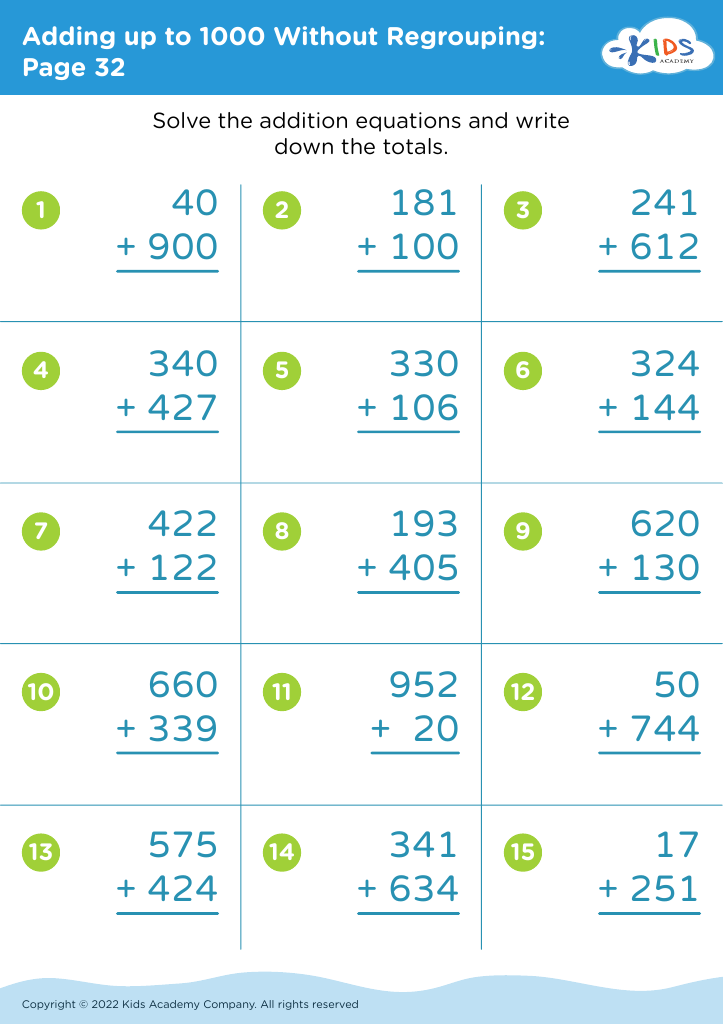
 Assign to My Students
Assign to My Students
